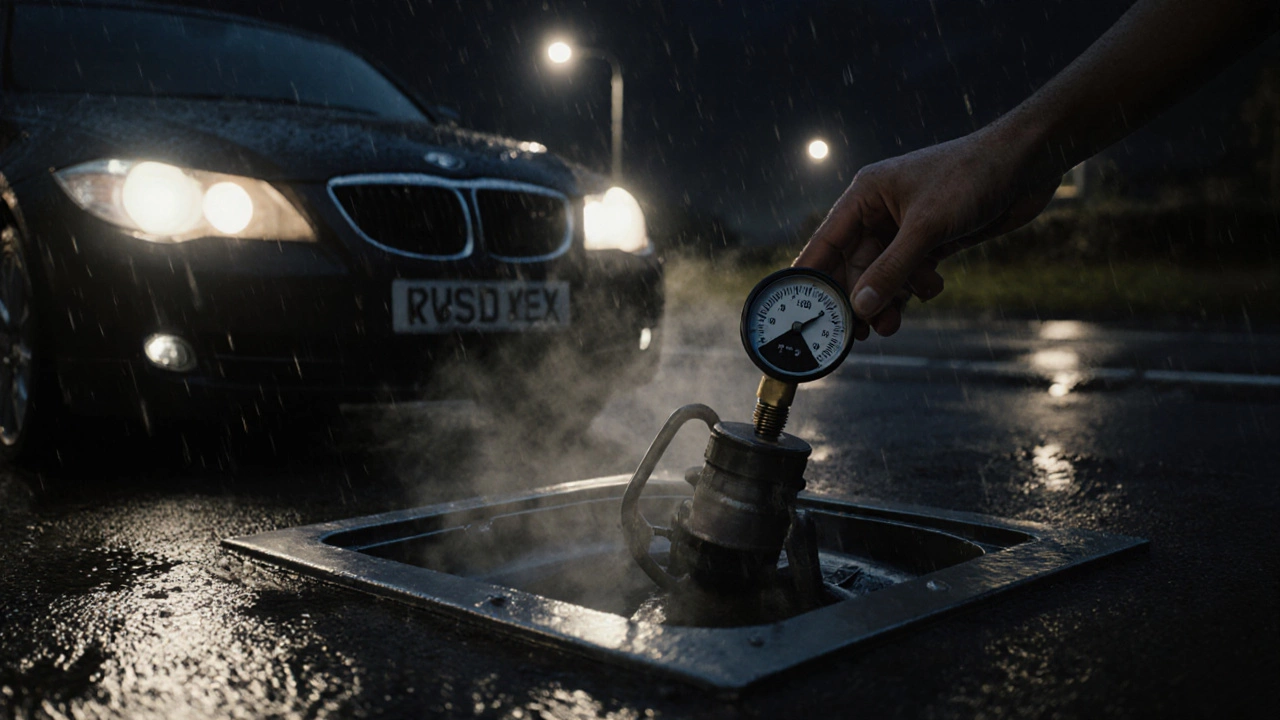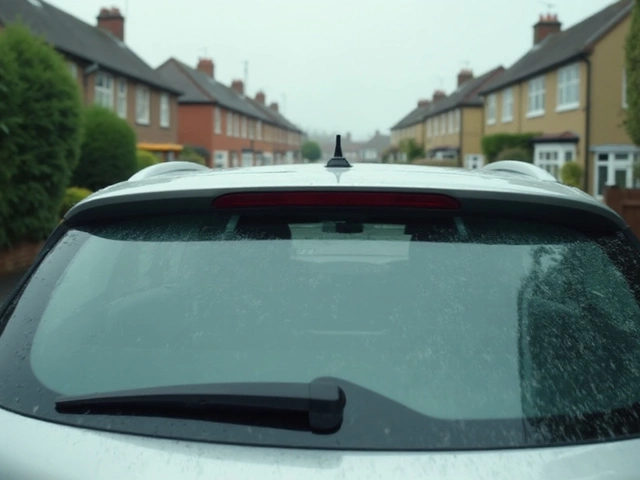Bad Fuel Pump? Spot the Signs, Test It, and Get It Fixed Fast
If your car is coughing, sputtering, or won’t start at all, the fuel pump could be the culprit. A weak or failing pump reduces the pressure that delivers fuel to the engine, so you’ll feel the loss right away. The good news? Most of the obvious clues show up early, letting you act before you’re stranded.
How to Spot a Bad Fuel Pump
First, listen for a whirring or humming noise from the fuel tank when you turn the key. A silent tank often means the pump isn’t engaging. Next, watch the dashboard; a flickering fuel gauge or a lit “Check Engine” light paired with rough idle are red flags. If the engine stalls when you let off the accelerator or struggles to climb hills, low fuel pressure is usually to blame.
Another tell‑tale sign is a sudden loss of power while driving. The car may feel like it’s missing a beat, especially under load. You might also notice a strong gasoline smell around the vehicle – that’s fuel leaking from a weakened pump seal. Finally, if the car refuses to start after you’ve tried a jump‑start, the pump could be dead.
Testing and Fixing the Pump
Testing the pump yourself is easier than you think. Grab a fuel pressure gauge (available at most auto parts stores) and connect it to the test port on the rail. Turn the ignition on – you should see pressure rise to the manufacturer’s spec within a few seconds. If it’s low or doesn’t hold, the pump is likely faulty.
Another DIY trick is the “no‑spark” test. Disconnect the fuel pump’s electrical connector and turn the key. If the fuel pump clicks when you crank the engine, the motor is alive; if there’s no click, the electrical side is broken. Remember to reconnect everything after the test.
When the pump is confirmed bad, you have two routes: replace it yourself or take it to a shop. DIY replacement usually involves relieving fuel pressure, removing the pump from the tank, and swapping it with a new one. If you’re not comfortable working with fuel, a quick visit to Northwich Tyres Centre can get the job done safely and affordably.
Before you order a new pump, double‑check related parts. A clogged fuel filter or a faulty fuel pressure regulator can mimic pump failure. Replacing the filter is cheap and often clears up pressure issues without a full pump swap.
In a nutshell, a bad fuel pump shows up as strange noises, loss of power, and hard starts. Use a pressure gauge or the click test to verify the problem, then decide whether a DIY fix or professional help makes sense. Catching the issue early saves time, money, and the frustration of being stuck on the side of the road.
Got more fuel‑system questions? Swing by Northwich Tyres Centre for advice, parts, and a reliable repair service. We’ve got the tools and expertise to keep your car running smooth and strong.
 1 December 2025
1 December 2025
Should I Drive with a Bad Fuel Pump? Risks, Signs, and What to Do Now
Driving with a bad fuel pump is dangerous and can lead to engine damage or being stranded. Learn the warning signs, risks, and what to do immediately to avoid costly repairs.
 30 November 2025
30 November 2025
What Helps a Bad Fuel Pump? Fixes, Temporary Solutions, and When to Replace It
A bad fuel pump can't be fixed, but you can delay failure with fuel cleaner, a new filter, and keeping your tank above 1/4 full. Learn the real signs, what works, and when replacement is your only option.
 30 November 2025
30 November 2025
What Helps a Bad Fuel Pump? Real Fixes That Actually Work
A failing fuel pump won't be fixed by cleaners or boosters-but keeping your tank half full, using quality fuel, and replacing the filter can extend its life. Learn what actually helps and when to replace it.
 28 March 2025
28 March 2025
Why Do Fuel Pumps Fail? Causes You Need to Know
Ever wondered why a fuel pump might suddenly quit on you? This article dives into the nitty-gritty details of what causes fuel pumps to go bad. From contaminated fuel and electrical issues to overheating, we explore various culprits and suggest tips to extend your pump's lifespan. Knowing these can save you from sudden car troubles and costly repairs.






0